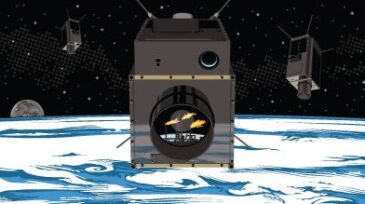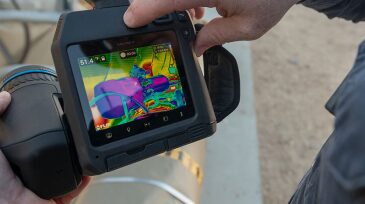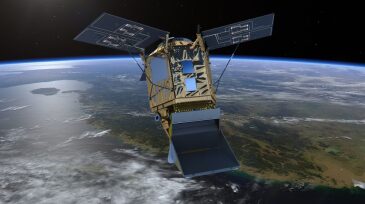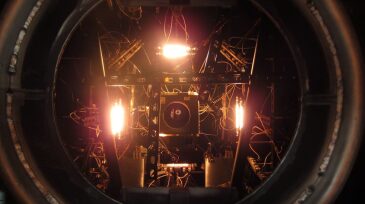methane emissions
-
The pilot used sensor technology originally deployed by NASA for the Mars Curiosity Rover to collect methane emissions data live-streamed from a drone. BP said it plans to deploy the technology to all of its North Sea assets, including ETAP and Glen Lyon, in 2020.
-
The 33-month project will compare emissions data collected by terrestrial sensors to GHGSat's combined satellite and aircraft measurements.
-
Thermal imaging helps operators maintain regulatory compliance on methane-emissions requirements. Optical gas imaging technology may be an answer in allowing for faster, more efficient inspections, but there are hurdles to its adoption. How can its widespread use become a reality?
-
Devon Energy announced that it plans to lower detectable emissions at its US production sites by at least 12.5% in 6 years.
-
Emissions of methane from the industrial sector have been vastly underestimated, researchers from Cornell University and the Environmental Defense Fund have found.
-
A wave of satellites set to orbit the Earth will be able to pinpoint producers of greenhouse gases, right down to an individual leak at an oil rig.
-
A new integrated modeling tool helps Canada analyze methane emissions to get a better understanding of the economic and environmental implications.
-
A new report from the Environmental Defense Fund and the Environmental Council of the States Shale Caucus recommends a new framework for approving technologies and methodologies.
-
The new satellite will build on the success of the company's demonstration satellite Claire, which has performed over 2,500 observations of oil and gas facilities as well as other natural and industrial sources of carbon dioxide and methane.
-
A recent study of oil and gas methane emissions on the Navajo Nation reveals companies operating on tribal lands pollute 65% more than the national average, wasting millions in tribal resources every year and underscoring the opportunity for tribal leaders to reduce emissions.










